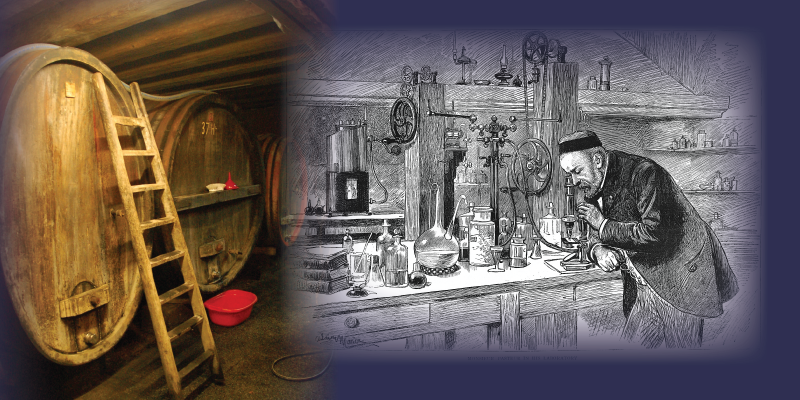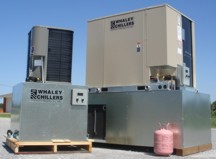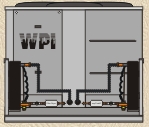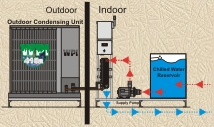Ethanolic fermentation was one of the first chemical reactions observed by humans. In nature, various types of food “go bad” as a result of bacterial action. Early in history, humans discovered that this kind of change could result in the formation of products that were enjoyable to consume. The “spoilage” (fermentation) of fruit juices, for example, resulted in the formation of primitive forms of wine.

The mechanism by which fermentation occurs was the subject of extensive debate in the early 1800s. It was a key issue among those arguing over the concept of vitalism, the notion that living organisms are in some way inherently different from non-living objects. One aspect in this debate centered on the role of so-called “ferments” in the conversion of sugars and starches to alcohol. Vitalists argued that ferments (what we now know as enzymes) are inextricably linked to a living cell. Destroy a cell and ferments can no longer cause fermentation, they said.
A crucial experiment on this issue was carried out in 1896 by the German chemist Eduard Buchner. Buchner ground up a group of cells with sand until they were totally destroyed. He then extracted the liquid that remained and added it to a sugar solution. His assumption was that fermentation could no longer occur since the cells that had held the ferments were dead, so they no longer carried the “life-force” needed to bring about fermentation. He was amazed to discover that the cell-free liquid did indeed cause fermentation. It was obvious that the ferments themselves, distinct from any living organism, could cause fermentation.
 Packaged Chillers Non-expandable (integrated pump tank) 1.5Ton – 20Ton Single / Dual Circuits Single / Dual Pumps |
 SAE Series Modular Chillers Expandable (pump & tank on separate skid) 1.5Ton – 200Ton Single / Dual Circuits |
 SAR Series Split Chillers Expandable (Outdoor Condensing Unit) (pump, tank, evaporator on indoor skid) 1.5Ton – 200Ton Single / Dual Circuits |
